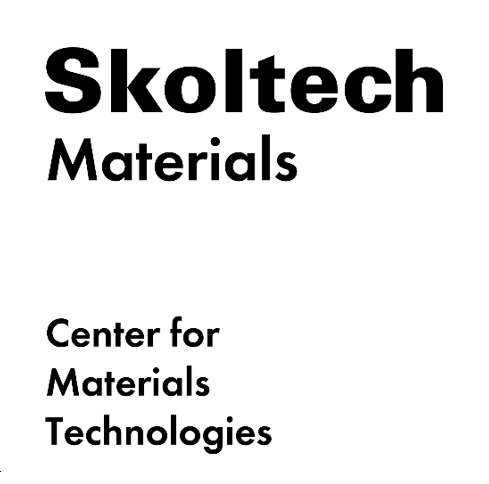Experimental study of shape changing of impacted dents in CFRP panels.
Prof. Alexander Pasko calls his direction as "Digital Materialization" (https://en.wikipedia.org/wiki/Digital_materialization ), where he is a world leader. This direction is a two-way conversion between matter and digital information. For the representation of geometric, material, optical and other properties of heterogeneous volumetric objects this group uses the Function Representation (FRep) (http://www.hyperfun.org/FRep), where the vector-function represents all necessary properties. The function is evaluated at the given point and has a binary (or an n-ary) construction tree behind. The function can be flexibly parameterized by the user. The basic building blocks, such as spheres, cubes, cylinders, and others, are represented with equations. The morphological and topological operations (rotation, translation, merging, cutting, intersecting, etc.), applied to the basic elements, are expressed via mathematical operations over the equations that represent these elements. Combining all the equations and operations in a special order, a sequence of mathematical formulas could be derived that represents geometrical objects of very complex shape (Figure 1).

Figure 1 Example of operations used in FRep method
Compared to boundary representation-based Computer-aided design (CAD) systems, the FRep approach offers significant advantages for microstructure modeling. First, the FRep format always ensures the accuracy of the obtained model, as opposed to traditional polygonal representation used in CAD systems where the probability of ending up with cracks or nonmatching edges in a model is rather high, even in simple operations such as offsetting. Second, the FRep has the advantage of complete parametrization of obtained microstructures, giving high flexibility in fast generation of variable 3D models. Third, the FRep offers a wide variety of tools to model various meshed structures, including periodic functions, Triply Periodic Minimal Surfaces (TMPS), and replication of a unit cell, based on the method of skeleton-based surfaces. Fourth, FRep-models has compact symbol representation compared to large-sized polygonal formats. In addition, FRep-based software makes it possible to use controlled blending versions of set-theoretic operations on geometric primitives.

Fifure 2 Examples of geometrical objects created with FRep method
One of the important outputs of such models is additive manufacturing. Although nowadays it is based mainly on surface information, the group considers horizontal slices and FRep as major models of the future. There are some prints made without an explicit surface information:
Figure 3 Fabrication of FRep models
To obtain the models of physical objects one can use different scanning techniques such as laser scanning and others. The construction tree and parameterized function templates are recovered using special algorithms of shape and parameters optimization.
To implement new algorithms and to teach their direction they use an original language HyperFun (http://www.hyperfun.org), its different implementations and application programs. About 15 countries in the world have used this language in different courses. Also, 7 countries have contributed to the project. One of possible inputs to additive manufacturing is simply a HyperFun protocol.
The startup Uformia (http://uformia.com/) implements the introduced framework and makes consumer products. Its main product is a cloud-based library, which recognizes a special script. Its end user products are Symvol for Rhino, a plug-in with FRep to a well-known software package, and MeshUp, an interactive software allowing for repair and mixing meshes prepared by the user or found on the Web.
To implement new algorithms and to teach their direction they use an original language HyperFun (http://www.hyperfun.org), its different implementations and application programs. About 15 countries in the world have used this language in different courses. Also, 7 countries have contributed to the project. One of possible inputs to additive manufacturing is simply a HyperFun protocol.
The startup Uformia (http://uformia.com/) implements the introduced framework and makes consumer products. Its main product is a cloud-based library, which recognizes a special script. Its end user products are Symvol for Rhino, a plug-in with FRep to a well-known software package, and MeshUp, an interactive software allowing for repair and mixing meshes prepared by the user or found on the Web.
Collaborators in industry and academia:
Collaboration with Uform company (USA).
Publishing papers with Bournemouth University (UK) and University of Aizu (Japan).
Collaboration with Uform company (USA).
Publishing papers with Bournemouth University (UK) and University of Aizu (Japan).
